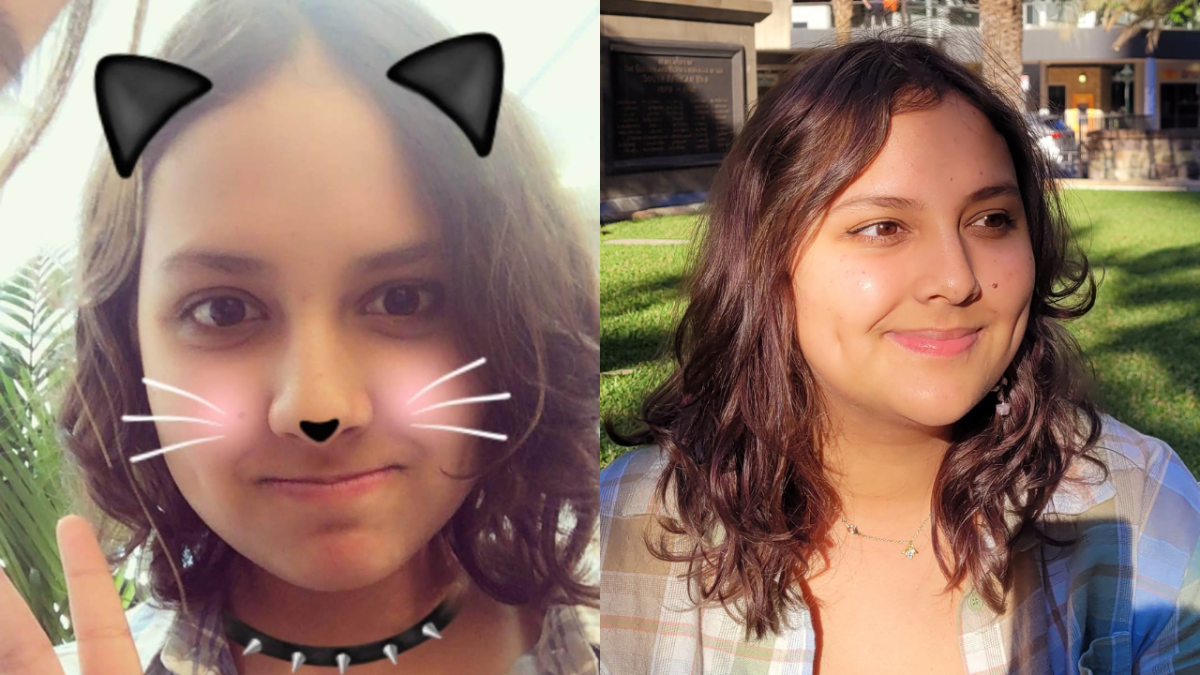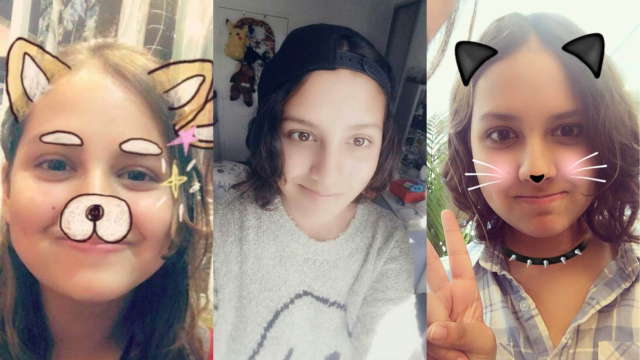
K-Pop is one of the most renowned music genres currently sweeping the globe. The fans are intense, the industry harsh. Like every industry, behind sunny smiles and flawless music videos are damaging standards and expectations, ones which severely impacted my self-image as a fan.
Throughout my teenage years, I struggled with body image issues, skin whitening, and self-hate for my South Asian identity. While I wouldn’t attribute this solely to K-Pop, it was a huge contributing factor that ate at me for years.
For me, falling into K-pop seemingly happened overnight. In 2014, when I was about 13 and living in Sydney, one of my friends showed me EXO’s music video for their song “Growl”. And that’s where my rabbit hole started.
Somewhere between getting home from school and 12am, when I found myself tearing through all their music videos and looking up translations of their lyrics, my K-Pop obsession was born.
K-Pop became my life. I was stumbling through puberty listening to EXO, BTS, Red Velvet, Girls Generation, and so many more bands. I knew the songs by heart (in awfully butchered Korean), I tried the dances, and I loved the memes.
While K-pop was always popular, it wasn’t as loved in the West back then. I liked being a fan of something special, something I thought was underappreciated at the time. I thought that made me special.
I tried to see myself in these groups. I began trying to force myself to suit the mold of East Asian beauty standards: light skin, small faces, slim bodies, and big eyes. There is a specific brand of beauty and demeanor that exists in K-Pop: a manufactured, picture-perfect human that is too busy being talented to have flaws. And I didn’t match this brand at all.
Do you know how many times I’ve been asked how much I weigh at the dinner table? How often people were surprised I was Korean because I didn’t have smooth, pale skin and wasn’t a size 2?
— Reera 유리라⁷ 💜🍉 (@reeraboo) March 30, 2019
I remember going to K-beauty stores with my mostly Chinese friends, strolling through the aisles of pastel, perfectly packaged cosmetics, and picking up a skin whitening cream. Some of my friends were strict about staying out of the sun, wearing sunscreen every day, and staying pale. While I practiced similar routines, I was always brown.
But skin whitening cream made it possible to ‘fix’ that pesky flaw of mine. And so I bought it. I changed my clothing, my hair, the way I took selfies, my skin, my weight, and so much more.
I pushed aside the South Asian parts of me and was begging to be let into a club I knew I could never be in. An imaginary club of pretty East Asian idols. A group of people who were likely just as sad as me.
My self-image changed when I moved to Brisbane in 2016 and left my friends.
Don’t get me wrong, I’m not implying they corrupted me with these beauty standards. Rather, I could see that we were all quietly fighting tedious battles with our self-image. But removing myself from the K-Pop scene, part of which was due to the natural distance that grew between my friends and I due to my move, allowed me to take a breath.
I started realising how exhausting disliking everything about myself was. And that being a brown girl was maybe one of my favorite things about me.
It wasn’t a sudden change, but I took one big step back from K-Pop. I started listening to the voices of, and visually falling back in love with, brown faces. Specifically, my own.

I became interested, for the first time in a long time, in my own culture. I had started my life idolising white faces because that was what I had been taught. And throughout those teenage years I had unknowingly shifted this idealistic lens to East Asian faces.
Then, I made an active effort to finally start really seeing all the brown faces in my life, and my perspective bloomed once again.
I asked my family about our history and my heart would swell when I saw pictures of my mother, her mother, my aunties — the charming brown women who then slowly became my new “idols”. And eventually I found there is more than one way a person can be beautiful.
Korean idols are not monsters. It is painfully obvious through the mental health crisis in South Korea that the intensity of social pressures prove too much, with K-idol suicides splashed across the news far too often. As with any country, there are harmful expectations that make it hard just to exist.
So I encourage current fans to enjoy K-Pop because it can be such a fun and exciting experience. I still enjoy my old-school hits sometimes and keep up with big industry news.
However, I always remember that the beauty standards a K-Pop idol has to strive for are out of reach even for them. And that it’s more than okay not to look the same as someone with a stylist, makeup artist and professional photographer.
I want to see diversification in the K-Pop industry in body types, skin tones and representation. I want fans to know that they don’t have to strive for these unreachable standards. And I want that 13-year-old brown girl sitting in her room at night, ignoring the burning sensation of whitening cream, to know that one day she will love herself just a little bit more.
Gabby Marcelline is a Sri Lankan-Australian freelance writer and journalist. She has a love for delving into the gritty parts of all things culture. You can find her on Instagram @gabby.marcelline.



